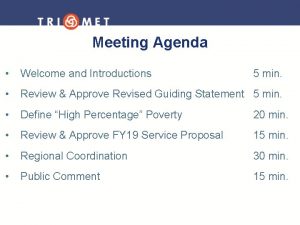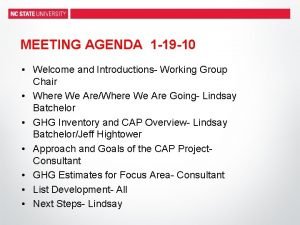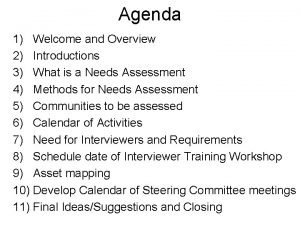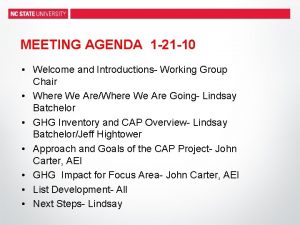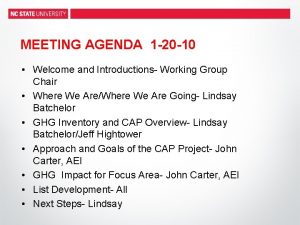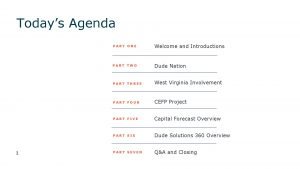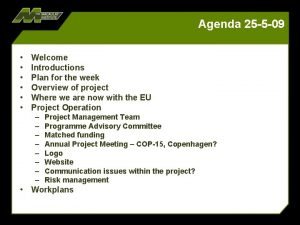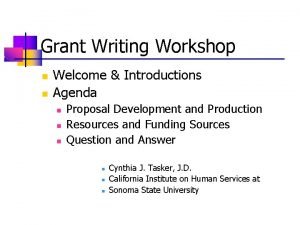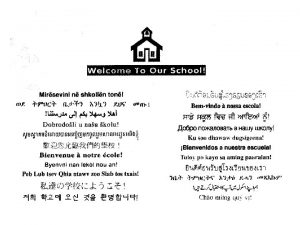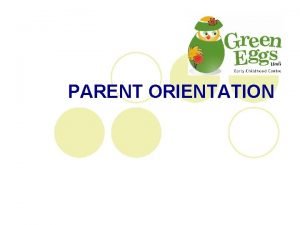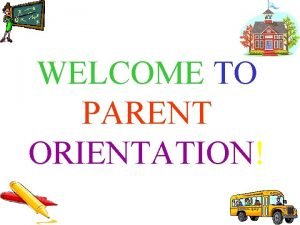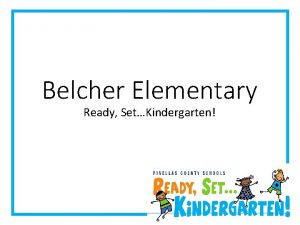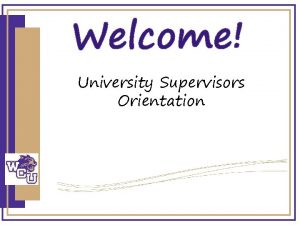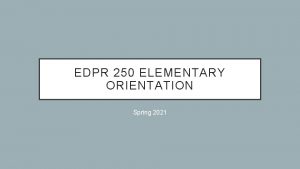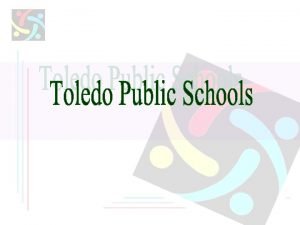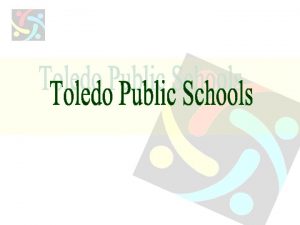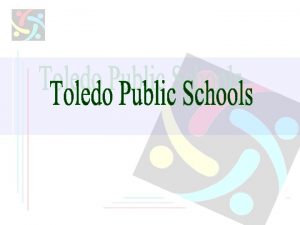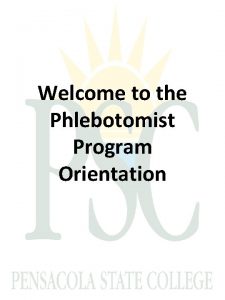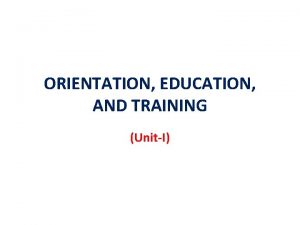Elementary Target Program Welcome to Target Orientation Introductions














- Slides: 14

Elementary Target Program

Welcome to Target Orientation • • • Introductions Daily Routine Progress Report / Probation Homework/Projects Blog – Communications Units of Study Gifted Standards Volunteers - Guest Speakers – Parents? Friends? Donations

Blog Page

Target Tally

Brain book – Weekly Questions and Reflections

Target Standards Emphasis on Cognition The Processes of Thinking

Convergent Affective Relationships & Connections Divergent Evaluative

Cognitive Growth Strand • Convergent Thinking: Standard 1 Students will reason using induction, deduction, and abduction. • Example: logic problems, algebra, problem solving activities, varied investigations

Cognitive Growth Strand • Divergent Thinking: Standard 2 Students will think creatively to generate innovative ideas, products, or solutions to problems. Creative Thinking Involves: Fluency, Flexibility, Originality and Elaboration Example: Create a name and logo for your bridge company. Create a sign that shows both of these. Be sure to use FFOE!

Cognitive Growth Strand • Evaluative Thinking Standard 3 Students will evaluate and solve a variety of authentic problems. Example: Ultimate Connections Unit: How can one build a longer, stronger bridge using the smallest amount of resources?

Evaluative Thinking Process 1. 2. 3. 4. 5. 6. 7. Define the problem. Analyze the problem. Establish goals. Generate possible solutions. Rank the solutions. Research and explore a solution. Evaluate the effectiveness of the chosen solution. (If effective continue. Otherwise return to step 6. ) 8. Implement and defend the chosen solution.

Cognitive Growth Strand • Relationships and Connections Standard 4 Students will make relationships and connections among various topics and disciplines. • Example: Making connections between currency and goods, world economy and the influence it has on our lives.

Affective Growth Strand • Self Reflection Standard 1 Students will reflect upon their abilities. • Respect for Others Standard 2 Students will respect the input of others. • Self-Directed Learner Standard 3 Students will be self-directed learners.

Final Comments and Questions
 Meeting agenda welcome and introductions
Meeting agenda welcome and introductions Meeting agenda welcome and introductions
Meeting agenda welcome and introductions Agenda welcome and introductions
Agenda welcome and introductions Agenda welcome and introductions
Agenda welcome and introductions Agenda welcome and introductions
Agenda welcome and introductions Agenda welcome and introductions
Agenda welcome and introductions Meeting agenda welcome and introductions
Meeting agenda welcome and introductions Agenda welcome and introductions
Agenda welcome and introductions Agenda welcome and introductions
Agenda welcome and introductions Agenda welcome and introductions
Agenda welcome and introductions Agenda welcome and introductions
Agenda welcome and introductions Agenda welcome and introductions
Agenda welcome and introductions Polycentric orientation คือ
Polycentric orientation คือ Welcome dear parents
Welcome dear parents Welcome to parent orientation
Welcome to parent orientation
